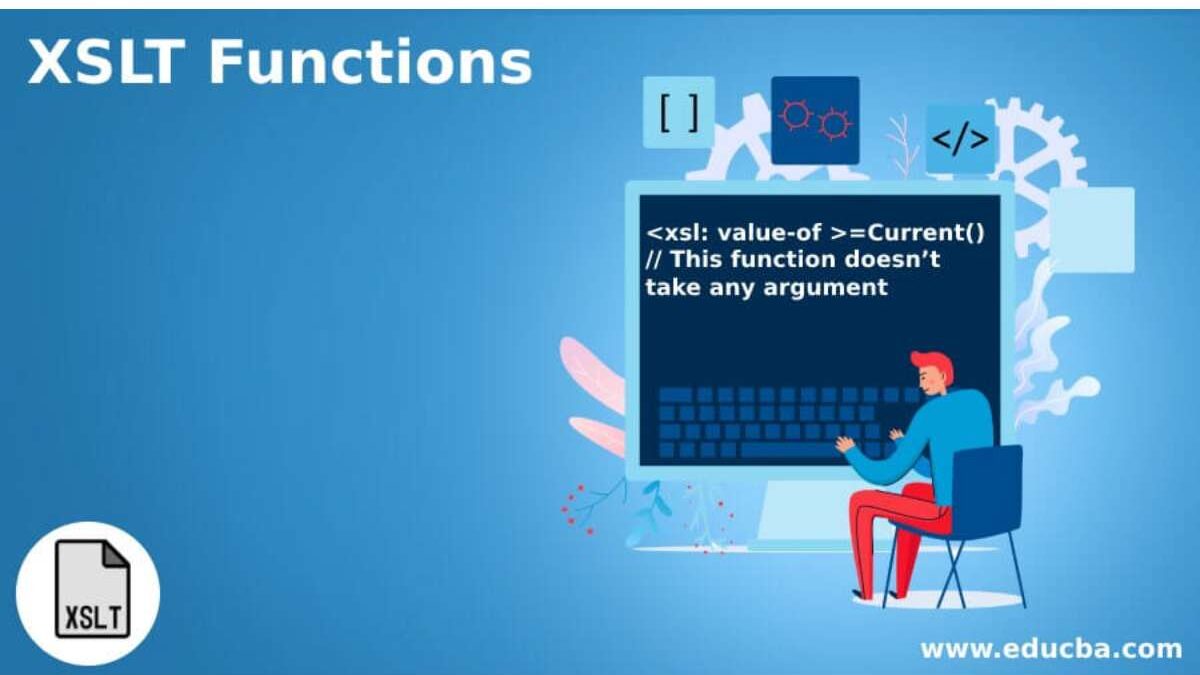XSL is a family of languages used to transfer and develop XML documents. The complete form of it is (extensible style sheet language). It consists of both XSLT to transform XSL-FO And XML data for formatting the presentation of the changed data. When it is used with both, it helps transform the XML documents.
What are the Benefits of XSL?
Since they have understood the basic definition of XSL, let us look at some of the benefits of it:
- It helps transform XML documents into formats like HTML and other XML structures. This process is necessary because when data needs to be presented in various forms for different purposes or in different devices, this can help.
- It will help developers to describe their functions and parameters with an XSLT style sheet. This will help in creating customs support processing needs and accommodate diverse uses.
- This helps in reusing the same style sheet. Once the style sheets are created for transforming XML data, you can also use them for different XML documents with a similar structure. This advantage of reusability helps in simplifying maintenance and reduces redundancy in the code.
- XSL will allow for a proper separation between XML data and its transformed data. This separation process will make it quick and easy to maintain and update the data and its presentation separately.
What are the Components of XSL?
There are 2 main components of it:
- X path: X Path is a language used to query XML documents. It will provide a way to choose values and notes from XML documents, making it a crucial part of XSLT.
- XSLT: It is an extensible stylesheet language transformation used for transforming XML documents in various formats, such as HTML or XHT. This will use various templates to define how the transformation should occur.
Conclusion
In conclusion, It consists of both XSLT for transforming XML data And another XSL-FO to format the presentation of the transformed data.

